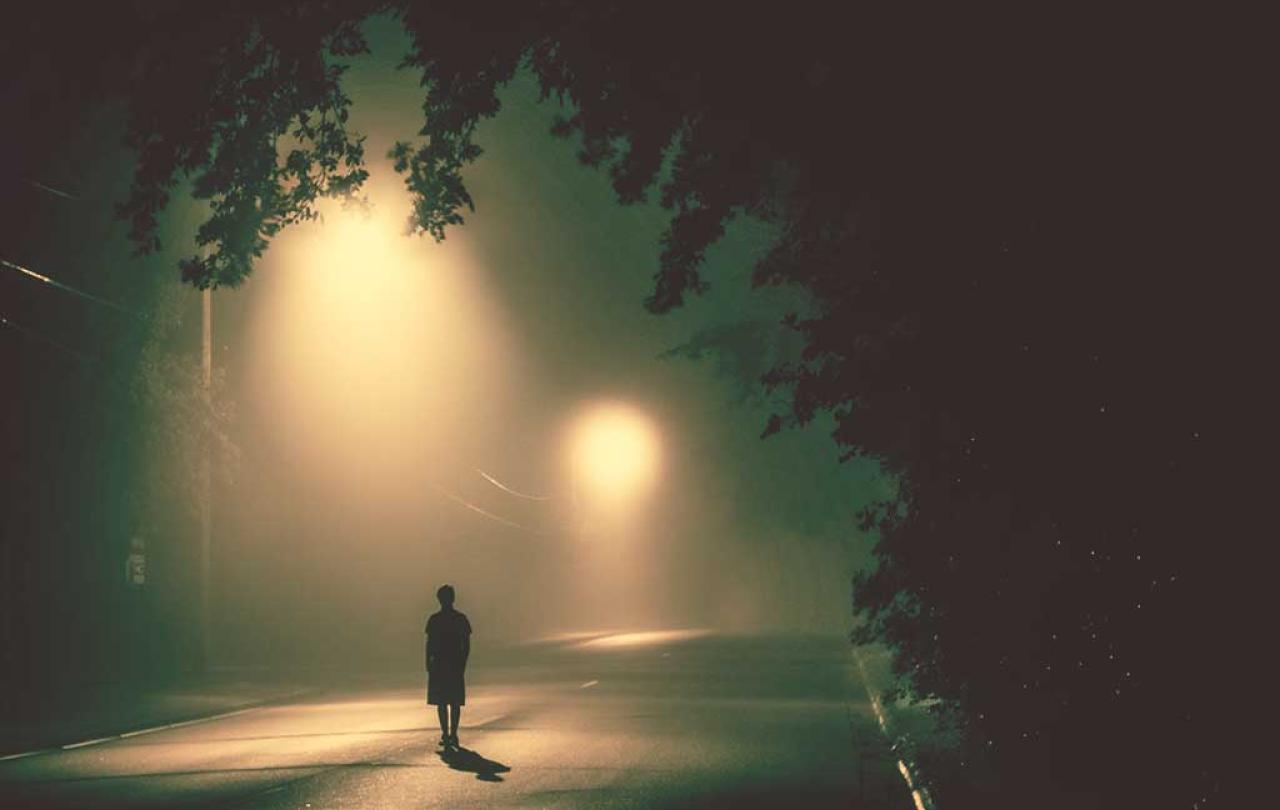But the death curse is not confined to stone age tribes and agrarian collectives. It is a ubiquitous artefact of human social life. In subtly disguised form it continues to stalk the industrialised societies of the West. We see it in any social situation that terminally frustrates our hardwired biological need to belong. When we are cast out of employment through redundancy, retirement, or sickness. When a social faux pas leaves us persona non grata. When our social media presence is more of a toenail than a footprint. When we fall foul of the charismatic leader of a workplace, a neighbourhood, a family, a church. We may for a moment shiver in the chill breeze of the death curse. We wonder briefly if the silence and the cold shoulders will kill us.
We don’t often think about the all-too evident connection between belonging, stress and health- but we should, because social connectedness is the primary way we as a species have made it this far. Most of us are familiar with the physiological responses to acute stress. There are only a few of them. It’s like a multiple choice test, take your pick: a) fight, b) flight, c) freeze, d) faint, or e) some bespoke combo of all of the above. We probably also have some recognition that those of us living in information economies tend to spend too much time in these stressed states of mind. They are designed for short-term threats (like predators), not long-term projects and serial deadlines. The cortisol coursing through our veins designed to deliver us from danger now stops us sleeping at night, and lurks behind all the major killers of our culture: cancer, heart disease, and depression.
But before we get to all that stressed-out running and punching and standing still like startled rabbits, there is a more common everyday way that human beings deal with stress. Our primary way of navigating a challenging and threatening world is our equally hardwired ability to reach out to others- the social engagement system. This tend-and-befriend response is present in many species, but it reaches a particular level of genius in ours. Our capacity to form groups that can coordinate action through a sense of unified purpose is what allowed our ancestors to take down woolly mammoths and survive ice ages. Our principal strength comes not from our ability to make fists, but to join hands.





